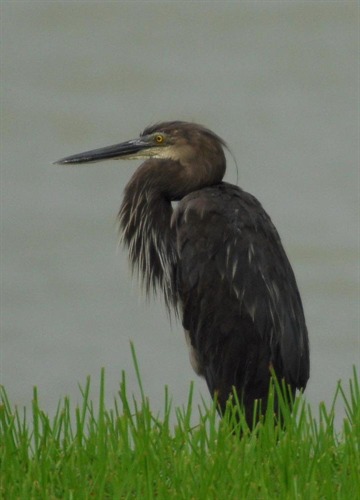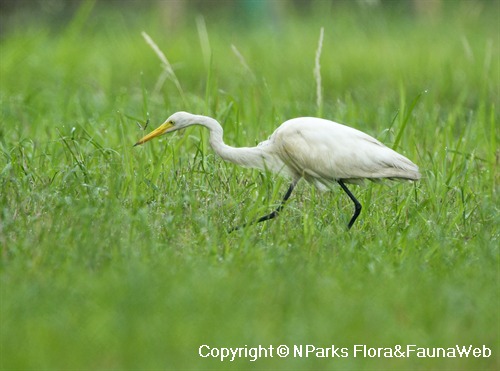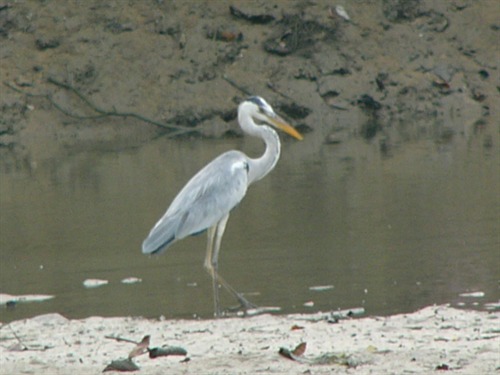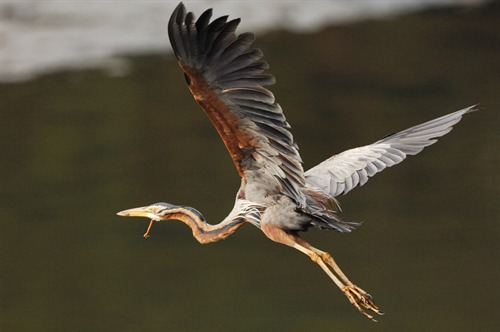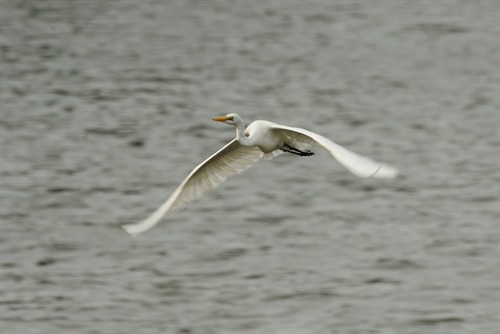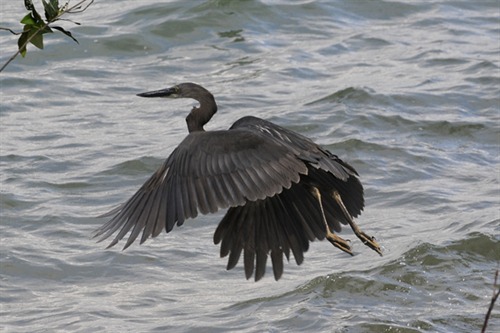
Back
Ardea sumatrana Raffles, 1822
| Family Name: | Ardeidae |
| Taxonomic Group: | Vertebrates (Bird) |
| Common Name: | Great-billed Heron |
Name
Description
| Description | Massive bill. Uniform plumage. Bill, legs and toes dull grey. Adults have uniform dusky brown plumage. Long greyish crest and breast plumes. In flight, appears all grey. |
|---|
Ecology, Habitat & Location
| Ecological Notes | Occurs exclusively in rocky or mangrove covered islets. Generally solitary. Hunts by standing quietly along the water's edge or striding slowly in the shallows. Feeds on fish, crutaceans and other aquatic invertebrates. Nests in isolated mangrove stands in remote islands. |
|---|---|
| Habitats | Mangroves, Marine |
| Distribution | Occurs in southern islands centred around Pulau Hantu, Semakau, Salu and Sudong. Occasionally visits the south coast of Singapore, e.g. Sungei Pandan and Tuas. The species occurs from insular Southeast Asia to Australia. |
| Nature Reserves | Sungei Buloh Wetland Reserve |
| Nature Areas | Pulau Tekong, Western Catchment Area, Pulau Hantu, Pulau Salu, Pulau Semakau, Pulau Sudong |
Conservation
| Trends & Threats | Destruction of natural habitat. None of the islands on which the Great-billed Heron has been reported is a protected area. In fact, they are oil refining complexes, holiday resorts or military live firing areas. Reclamation is the main reason for the disappearance of the heron from Pulau Busing. |
|---|---|
| Scientific Interest & Potential Value | An indicator of the health of the intertidal coral reef systems where it feeds, and Singapore's largest bird. It is an attention-grabber in the intertidal areas of the Southern Islands. |
| Conservation Notes | Estimated at between 20-50; highest single day count is 12 birds. Pulau Hantu, Pulau Semakau, Pulau Sudong and Pulau Salu are key sites for this species but are not listed in the Singapore Green Plan 2012. These should be designated as nature conservation areas. The sole active nesting site was off Pulau Bukom, but nesting has recently been discovered at isolated sites on mainland Singapore and these should also be preserved and protected. |
Status
| Species Status | Resident |
|---|---|
| Conservation Status | Rare |
| Singapore Red Data Book Status | Critically Endangered (CR) [2008] |
Photos
References
| References | Davison, G.W.H., Ng, P.K.L. & Ho, H.C (Eds.). 2008. The Singapore Red Data Book (2nd Edition). Singapore: Nature Society (Singapore). 285pp Lim, K.S. & Gardner, D. 1997. Birds: An illustrated field guide to the birds of Singapore. Singapore: Sun Tree Publishing Limited. 226pp Wang, L.K. & Hails, C.J. 2007. An annotated checklist of the birds of Singapore. Raffles Bulletin of Zoology Supplement no. 15. 179pp |
|---|

